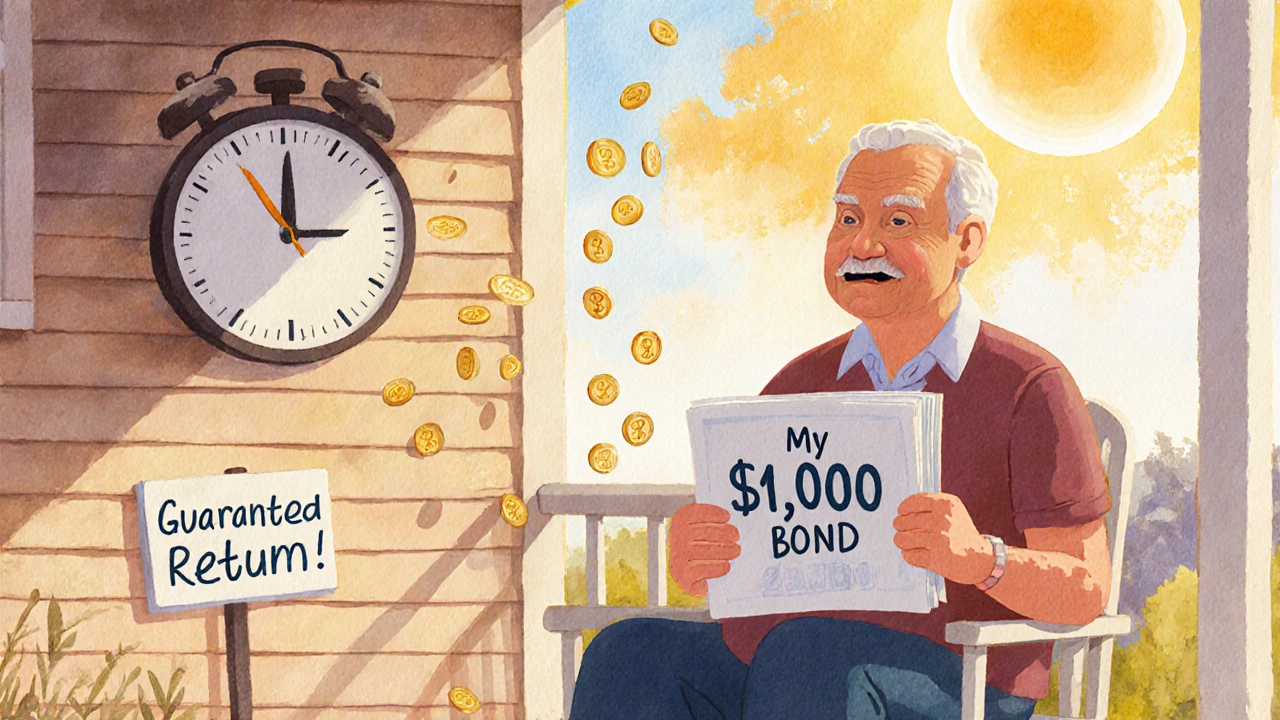Individual Bonds: How They Work, Why They Matter, and Where to Find the Best Returns
When you buy an individual bond, a loan you give to a government or company in exchange for regular interest payments and the return of your principal at a set date. Also known as direct bonds, they’re one of the few investments where you know exactly how much you’ll get back and when—no guesswork, no fund managers deciding for you. Unlike bond funds or ETFs, which constantly buy and sell, an individual bond holds its value until maturity unless you sell it early. That predictability makes them a core tool for people who want to lock in income, protect against market swings, or plan for a future expense like a home down payment or retirement.
Here’s what makes them different: bond maturity, the date the issuer repays your original investment is fixed. A 10-year U.S. Treasury bond you buy today will pay you the same interest every six months and return your $1,000 in 2034—no matter what the stock market does. That’s why they’re often paired with yield, the annual return you earn based on the bond’s price and coupon rate. A 4% yield on a 5-year corporate bond might look low next to a 12% crypto token, but it’s guaranteed. And unlike dividend stocks, which can cut payouts, most bonds pay exactly what they promise—unless the issuer defaults. That’s where bond issuer, the entity borrowing your money, like the U.S. government, a city, or a company like Apple or Coca-Cola matters. U.S. Treasuries are considered the safest; high-yield corporate bonds carry more risk but pay more.
Many people think bonds are boring. But in 2022, when stocks dropped 20%, the average U.S. bond returned 3%. That’s not flashy, but it kept portfolios from collapsing. If you’re saving for a goal in 3 to 10 years, holding individual bonds means you won’t be forced to sell at a loss. You can ladder them—buying bonds that mature in 1, 3, 5, and 7 years—to get steady cash flow and reduce interest rate risk. You don’t need a fortune to start; many bonds are available in $1,000 increments. And unlike ETFs that charge fees every year, individual bonds cost you one-time commissions (if any) and then sit quietly until they pay out.
What you’ll find below are real, practical guides on how to pick the right bonds, avoid hidden risks, compare yields across issuers, and build a bond portfolio that actually works for your life—not just a textbook model. Whether you’re holding Treasury bonds for safety, corporate bonds for higher income, or municipal bonds to cut your tax bill, these posts cut through the noise. No jargon. No fluff. Just what you need to make smarter moves with your money.




